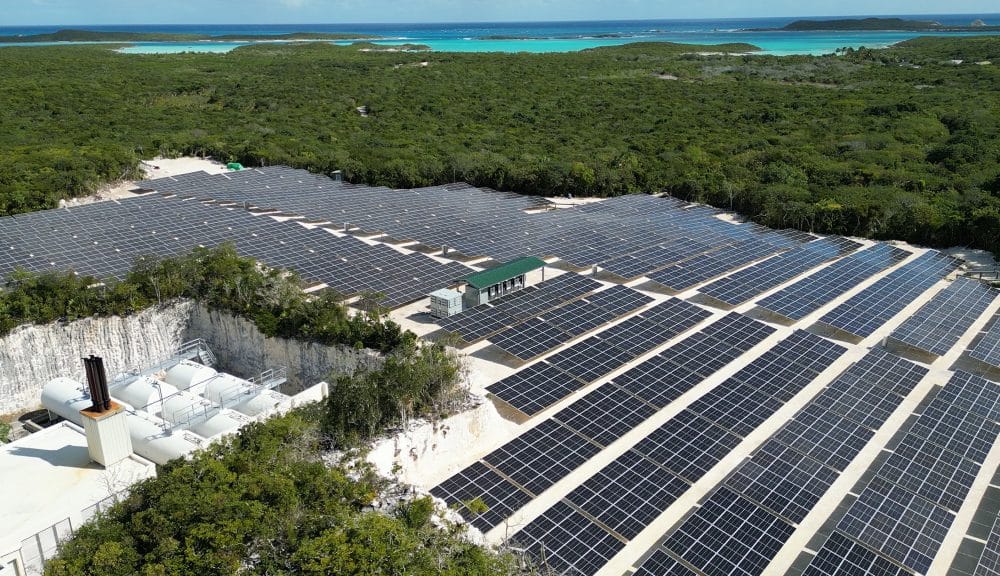Among Ms. Piper’s recommendations for simple shifts you can make to help stem climate change:
Keep an Eye on the Thermostat
The global reliance on heating and cooling systems requires immense energy usage, resulting in immense carbon emissions. In cold weather, turn the thermostat down just a degree or two. And same goes for raising the air-conditioner temperature in the summer. The hours you’re at work or away from the house offer a major opportunity for conservation: Rather than blasting that air-conditioner all day in order to return to a cool home in the evening, environmentalists recommend you raise the temperature around 10 degrees for at least 8 hours a day. The same rule applies in the winter: When you go out, turn that heater way down. There are financial savings, too: If you turn the heat down by 10 to 15 degrees every day for eight hours, you can reduce your annual heating bill up to 15 percent, according to the Department of Energy.
Start Backyard Composting
The Environmental Protection Agency estimates that nearly one quarter of our homes’ solid waste comes from food scraps, and when that food waste ends up in landfills, it breaks down and re-enters the atmosphere as methane, an extremely potent greenhouse gas. Composting, which instead allows food scraps to break down into a nutrient-rich material that feeds soil, breaks this cycle. Many citiesnow have public composting bins available to drop off their food scraps. In cities without composting programs, you can check with local farms, utilize a private composting pickup service or purchase a small compost bin.
Go Electric
New York State has banned gas stoves in new buildings. But homeowners in older buildings don’t have to be left behind — they can swap their older gas models for induction stoves, which use electromagnets to heat cookware without emitting natural gas, which is a fossil fuel.
Install a Heat Pump
Furnaces guzzle natural gas. A heat pump, which runs on electricity and can be operated by wind and solar energy, could cut your home’s carbon dioxide emissions by around 40 percent, according to a study from the University of California, Davis. And there’s a bonus: Heat pumps rely on heat exchangers, the same mechanisms that run refrigerators and freezers, and they can work in reverse. So a heat pump can cool your home as efficiently in July as it warms it in January.
Think Sustainable Landscaping
One of the most powerful tools for fighting climate change might be hiding in your yard. Going green has nothing to do with grass — in fact, you’ll likely want to forego a traditional grass lawn in favor of native plants, hardscapes like gravel and stone that prevent water runoff and soil erosion, and responsible watering systems like drip irrigation and rainwater collection.




